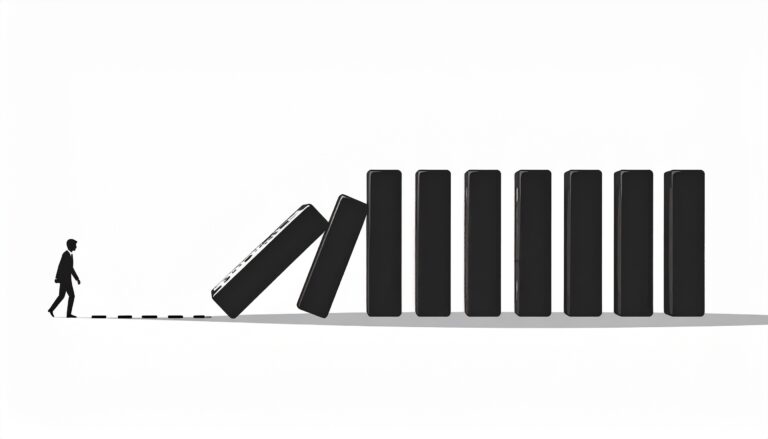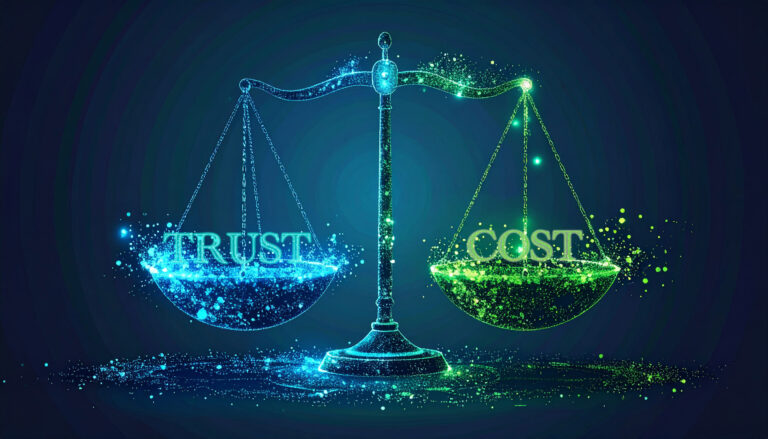Production of chemical industry products in Azerbaijan increased by 12% -TABLE
The Breakdown
Azerbaijan experienced robust growth in its specialty chemicals and polymers sector during the first half of 2025, with production output across chemical industry products, pharmaceuticals, and rubber/plastics reaching over 1.1 billion manats in value. Year-on-year, pharmaceutical output soared by 95%, chemical industry production saw a strong 12% lift, and rubber/plastic goods climbed by 4%. Key products—including polyethylene, paints and varnishes, and ethylene—recorded high single-digit to low double-digit growth, cementing Azerbaijan’s evolution as a strategically significant hub in the regional value chain for these critical industrial materials.
Analyst View
This data signals that the Azerbaijani chemicals sector is rapidly scaling its capabilities—significantly in high-demand product lines such as polyethylene, urea, and paints. The momentum in pharmaceutical production suggests either improved downstream market conditions, increased local demand, or strategic import substitution, all of which have implications for future capacity planning and investment allocation.
Growth across multiple product categories is particularly notable given the complex operating environment—global supply chains remain unsettled and competitive alternatives from neighboring producers are dynamically shifting. Leadership teams should evaluate whether this upturn is being driven by sustainable local consumption, favorable export positions, or temporary market imbalances. With production surges in both foundational products (e.g., methanol, urea) and higher-value materials (e.g., adhesives, specialty plastics), understanding real market pull versus inventory accumulation is strategic.
Operationally, the scaling of output presents opportunities to improve economies of scale but also pressures for value chain partners, including channel partners and distributors, to keep pace. Inorganic chemicals, adhesives, and organic building blocks saw varying rates of change—underscoring the need for nuanced, segment-specific approaches to market engagement and resource allocation.
Navigating the Signals
For B2B chemical and polymer leaders, now is a critical decision point: continued market expansion creates a window, but also invites scrutiny around sources of demand, channel effectiveness, and regulatory stability. The pronounced growth in strategically important materials like polyethylene and urea raises immediate questions about market sustainability—is this demand enduring or transitory?
Leaders should challenge their teams with pointed analysis: Are new markets being effectively accessed, or is volume being directed to stockpiles? Are downstream channel partners and distributors adequately equipped and incentivized to facilitate offtake and market pull? Are there any regulatory or supply chain constraints on the horizon that could disrupt this performance? The capacity to foresee and address these uncertainties early will differentiate those who capitalize on growth from those who are left to manage excess inventory and margin pressure.
What’s Next?
Breakthrough Marketing Technology enables B2B chemical and polymer enterprises to translate production data and market signals into actionable strategy. We support your executive teams by:
- Mapping true market drivers behind volume shifts, helping you discern lasting demand from cyclical spikes.
- Evaluating channel health to ensure expansion can be absorbed—and supported—by partners and end customers.
- Identifying operational and regulatory vulnerabilities before they crystallize into risk.
Our approach turns uncertainty into insight, allowing you to proactively manage growth, investment, and partnership decisions in an evolving and competitive landscape.
Source
Understand Your Risk. Seize Your Opportunity.
Take the Breakthrough Market Uncertainty Assessment Guide to pinpoint what’s holding your growth back, and what can accelerate it.


